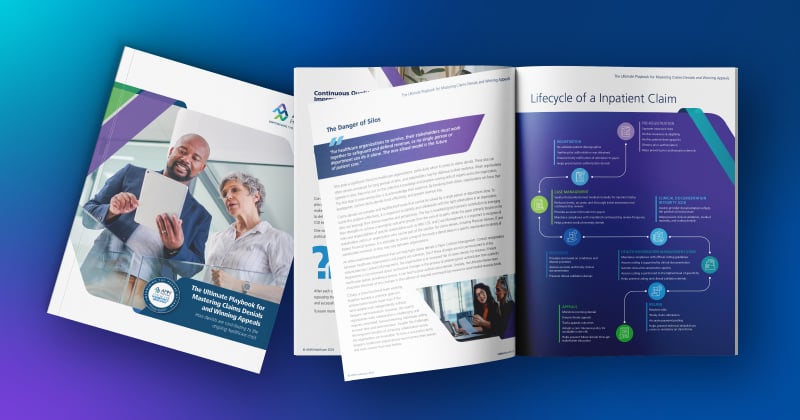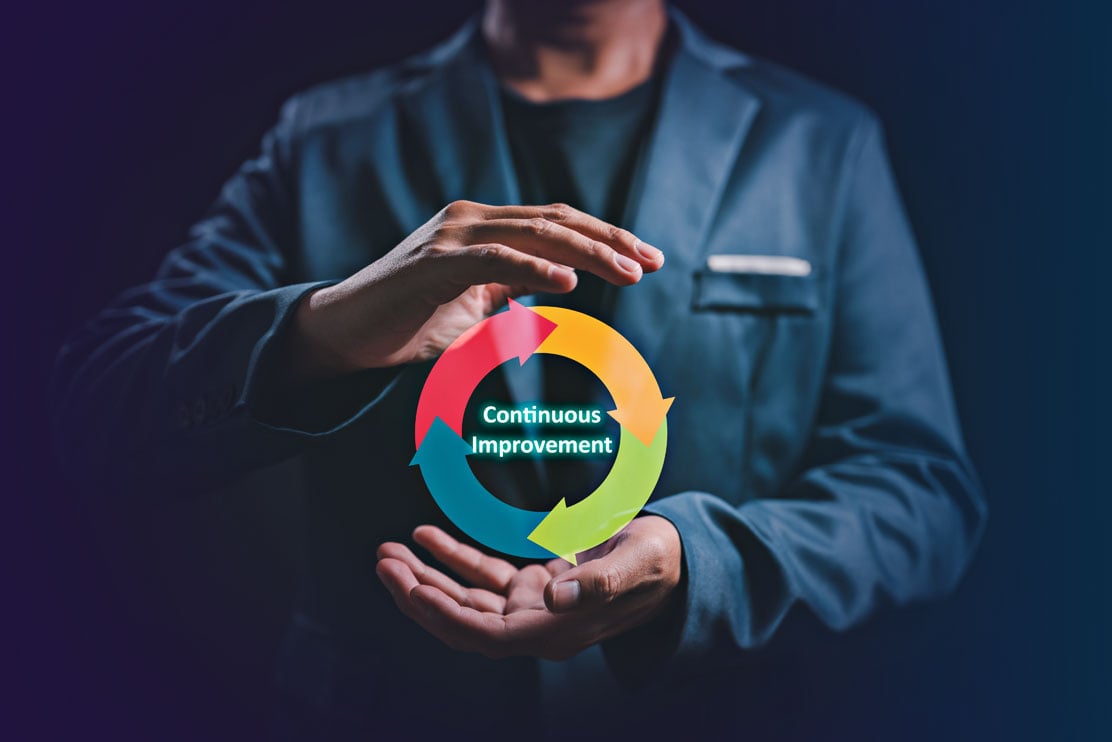
Effective Diagnosis and Treatment of Femoral Fractures
In the fast-moving world of orthopedic treatments, the landscape for fractures of the femur has experienced a positive seismic shift. In our recent AMN Healthcare Revenue Cycle Solutions webinar, we took a comprehensive look at how to approach the multifaceted challenge of femoral fractures, ranging from their initial diagnosis to intricate treatment modalities and subsequent coding procedures.
This interactive session allowed experts in musculoskeletal health to convene on the most current practices, sharing insights that have the power to redefine patient care and record-keeping within the field. Here's a detailed breakdown of what the session entailed.
A Closer Look at Femoral Fractures
The femur, the strongest and longest bone in the human body, is critical for mobility and load-bearing. When it experiences a break, the intricate repair process becomes a priority for both the patient and the healthcare provider. We dissected the varied types of femoral fractures that clinicians often face.
Traumatic fractures, often the result of an injury or significant force, were explained alongside pathological fractures, which occur due to an underlying disease that weakens the bone. Also discussed we atypical and stress-related fractures, while not as common, present unique diagnostic and treatment challenges.
Coding Guidelines and Practices
Accurate and detailed coding is key in representing the complexity of femur fracture cases, both for patient records and proper billing. This part of the webinar focused on the INs and OUTs of fracture coding, including when and how to use specific 7th characters to indicate subsequent care. Sequencing codes to represent injury severity were emphasized with practical examples illustrating the importance of precision in this area.
Surgical Interventions and Techniques
The heart of the webinar lay in the variety of methodologies employed for the treatment of femoral fractures. From the use of intramedullary nails, plates, and screws to innovative fixation devices, each method was scrutinized for its efficacy and appropriateness in different clinical scenarios. We discussed the nuances of debridement procedures for open fractures, and theparameters surrounding the use of casts, splints, and strapping for immobilization were clarified with case illustrations.
Additionally, techniques like stem cell autograft and strut allograft were explored, depicting the evolution of treatment options that are not only restorative but also regenerative. Coding procedures for adjunct treatments such as bone marrow aspiration and ablation osteoplasty as adjuvants in fracture healing were also decoded for their significance in the spectrum of
treatments.
Open Reduction Internal Fixation and Novel Approaches
The approach to open reduction and internal fixation (ORIF) deserves a detailed spotlight within the spectrum of fracture treatment strategies. The utilization of interlocking screws, cerclage wires, and external fixation devices were each evaluated for their merits in promoting recovery and long-term patient outcomes.
Sample Cases and Coding Practice
A series of sample operative notes and reports were presented, each with its unique diagnostic and treatment-focused lens. These cases afforded participants a practical learning environment, integrating the knowledge from the webinar into real-world scenarios. This section served not just as a recap but a quiz for the audience, ensuring that the information shared was absorbed and could be pragmatically applied.
The Role of Technology in Fracture Management
In this digital age, the role of technology in helping manage and treat femoral fractures cannot be understated. During the webinar, the topic was explored with a focus on emerging technologies that aim to improve precision, shorten recovery times, and ultimately enhance patient outcomes. Discussions around the utilization of robotic-assisted surgery, 3D printing for custom devices, and the integration of digital platforms for telemedicine in post-operative care were particularly engaging.

This webinar not only showcased innovative techniques and technologies but also highlighted their financial implications. Featured cost-effective strategies to not compromise quality care provided a balanced approach to fracture management. The session acted as a catalyst for the collaborative sharing of knowledge, ensuring that current practices in orthopedic care, specifically regarding femoral fractures, are not stagnant.
By aligning our understanding of these fractures, their treatment, and the coding practices necessary to document treatment, we can collectively drive toward higher standards in musculoskeletal healthcare. Through ongoing education and practitioner engagement, we aspire to elevate and continually refine our orthopedic practices, ultimately transforming the patient experience from diagnosis to treatment and recovery.
Don’t miss out on future AMN Healthcare RCS webinars discussing expert insights on topics impacting the healthcare industry and organization operations. Visit our website to register for your next session.
Additional Revenue Cycle Resources:
- Cancer Registry: Learn about Cancer Registry careers and opportunities.
- Case Management Utilization Review: Join a team pairing decades of Revenue Cycle knowledge with the support of one of healthcare’s most trusted brands.
- Refer-a-Friend: Make up to $2,000 per referral.
Latest News
Case Study: Establishing a Strong Financial Foundation through a Commitment to Quality
Our recent cases study showcases how a healthcare organization in the South tackled issues with its quality scores and revenue by implementing a Clinical Documentation Integrity (CDI) program in
The Ultimate Playbook for Mastering Claims Denials and Winning Appeals
This comprehensive guide examines the complexities of appeals and denials and offers critical strategies for navigating toward a more financially stable future for healthcare organizations
Continuous Quality Improvement: Using the PDSA Cycle to Solve Claims Denials
One effective Continuous Quality Improvement (CQI) model is the PDSA (Plan-Do-Study-Act).
Webinar: Protecting Your Healthcare Data: Uncovering Vendor Cyber Security Threats
In this recorded webinar, you will discover how to safeguard your data, the top qualities to look for when selecting a secure vendor, and cyber security best practices to protect your valuable
Case Study: Advent Health Reduces Avoidable Days to Improve Patient Satisfaction & Drive Savings
Download the full case study to discover how AdventHealth partnered with AMN Healthcare Revenue Cycle Solutions (RCS).
3 Strategies for Cultivating a Culture of Connection, Development, and Loyalty in the Modern Workplace
Explore job satisfaction: Learn 3 strategies for fostering connection, development, and loyalty in our white paper.
Outpatient Clinical Documentation Integrity Solution
The current trajectory of U.S. healthcare points to the growing number of outpatient visits and procedures. As a result, alignment of quality measures, data accuracy, and revenue integrity are
The Five Pillars of Trauma Revenue
AMN Healthcare's Trauma Billing Program provides a method for recovering the cost associated with the Trauma Service and a pathway to a stronger financial future.











